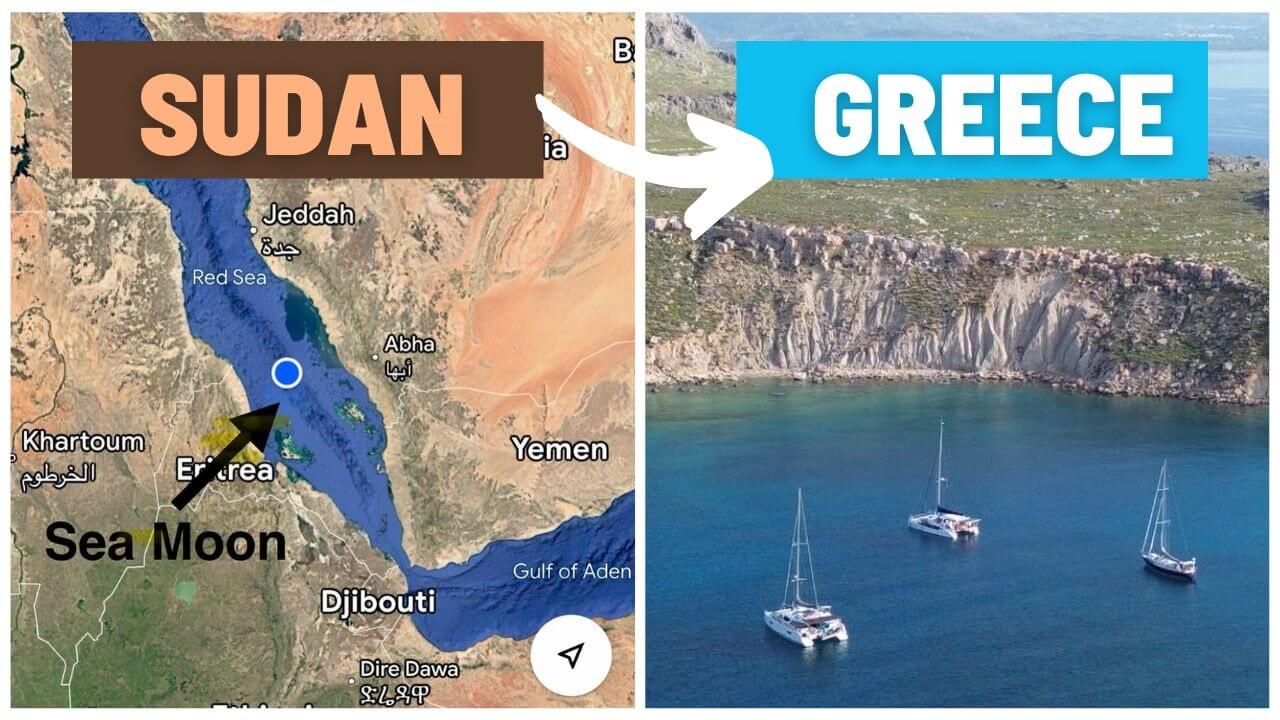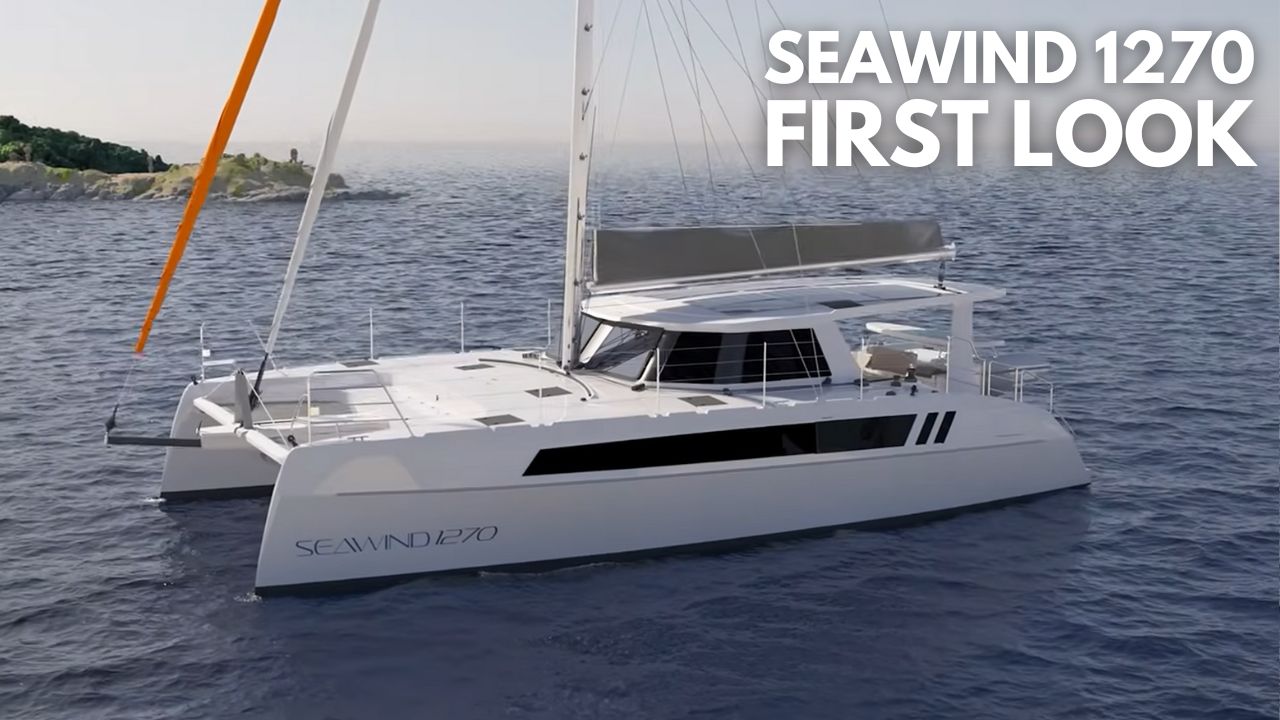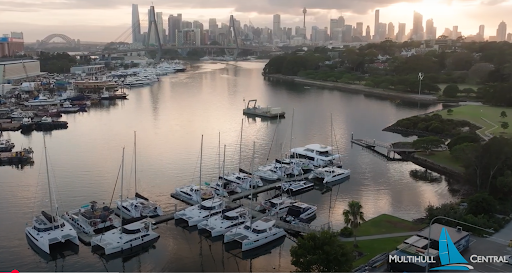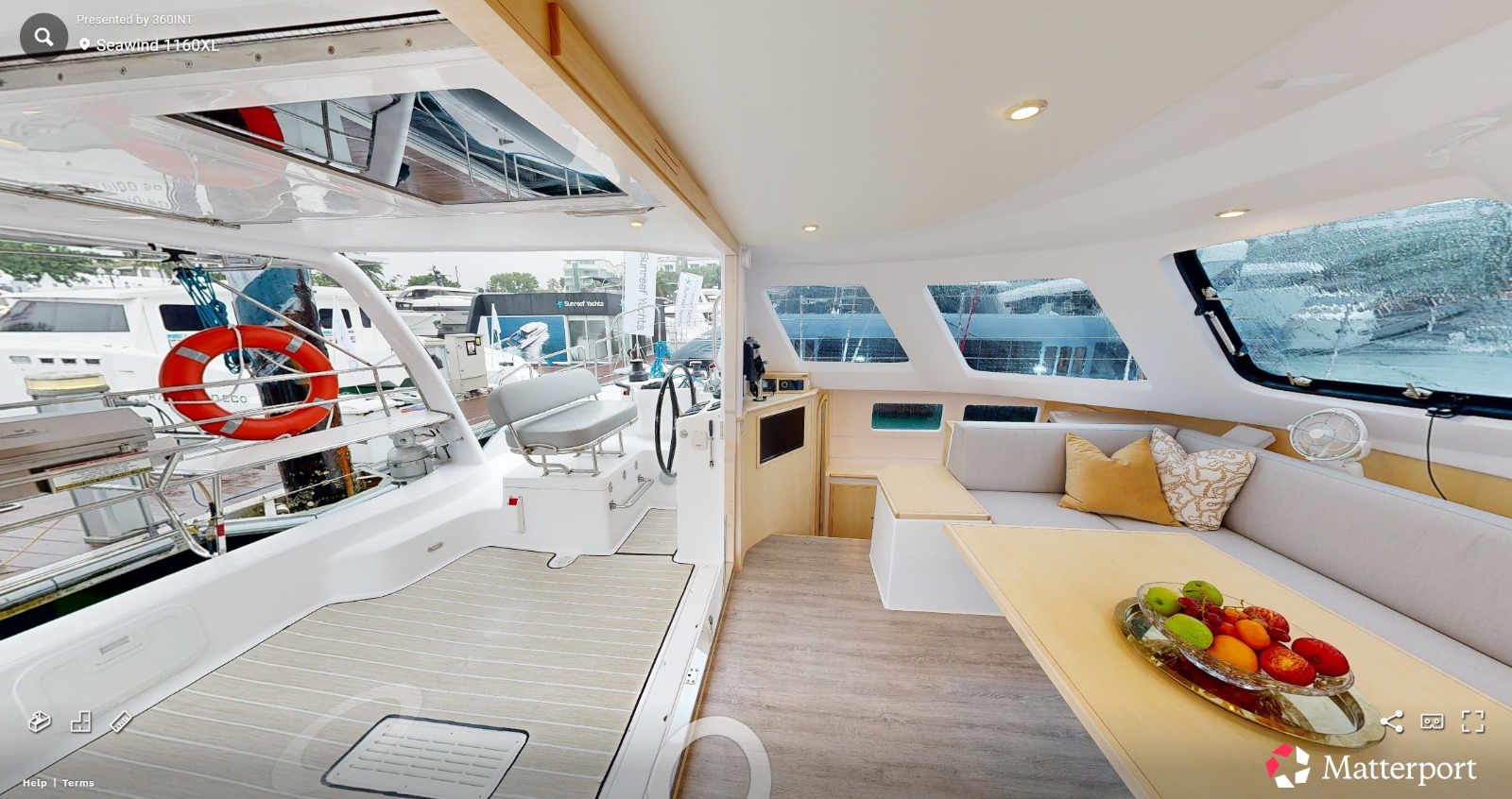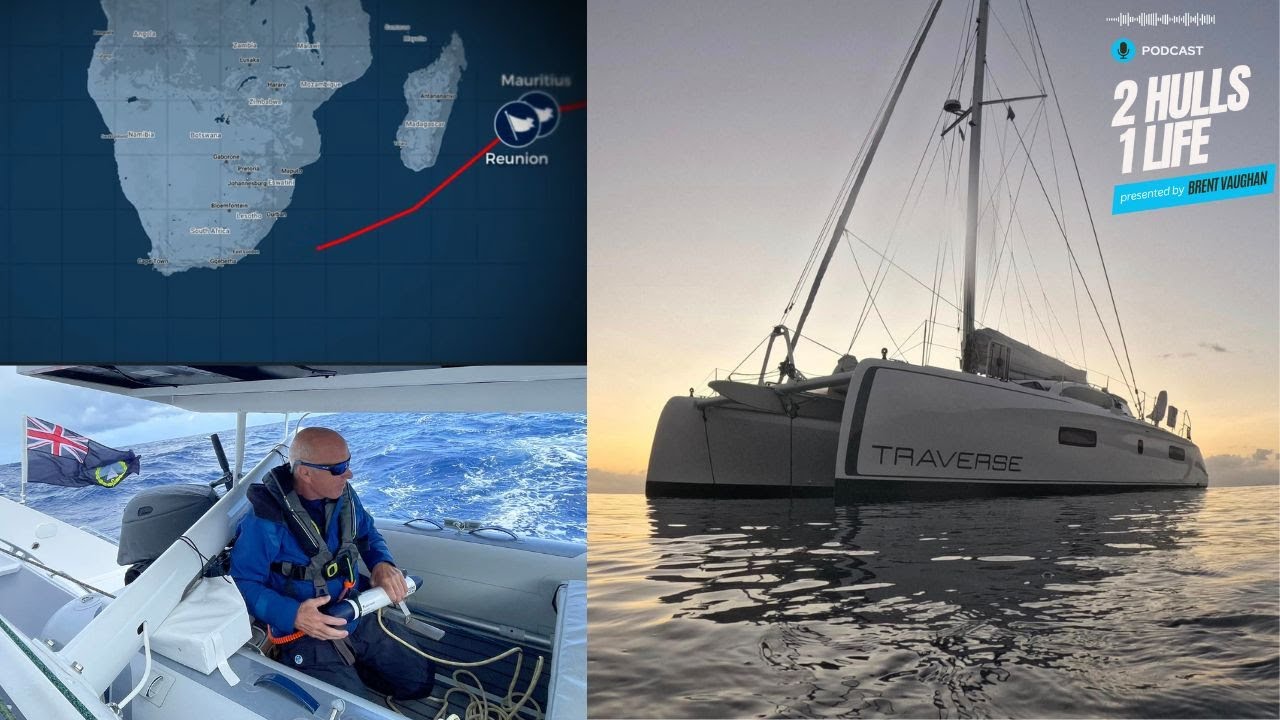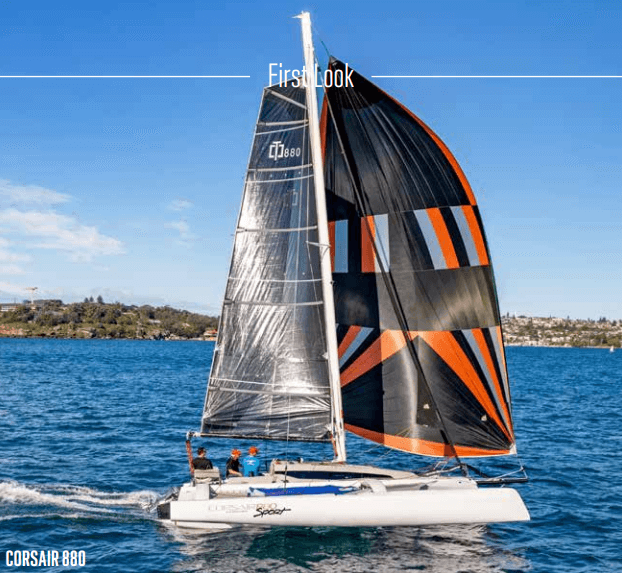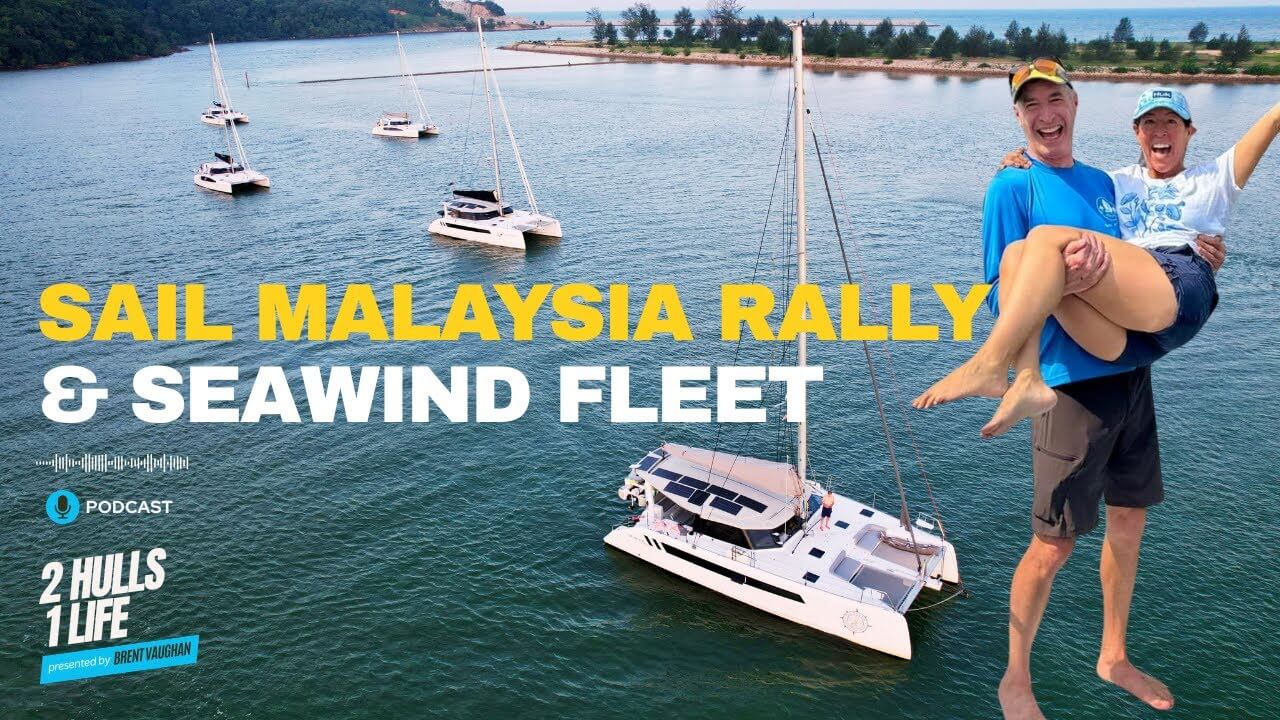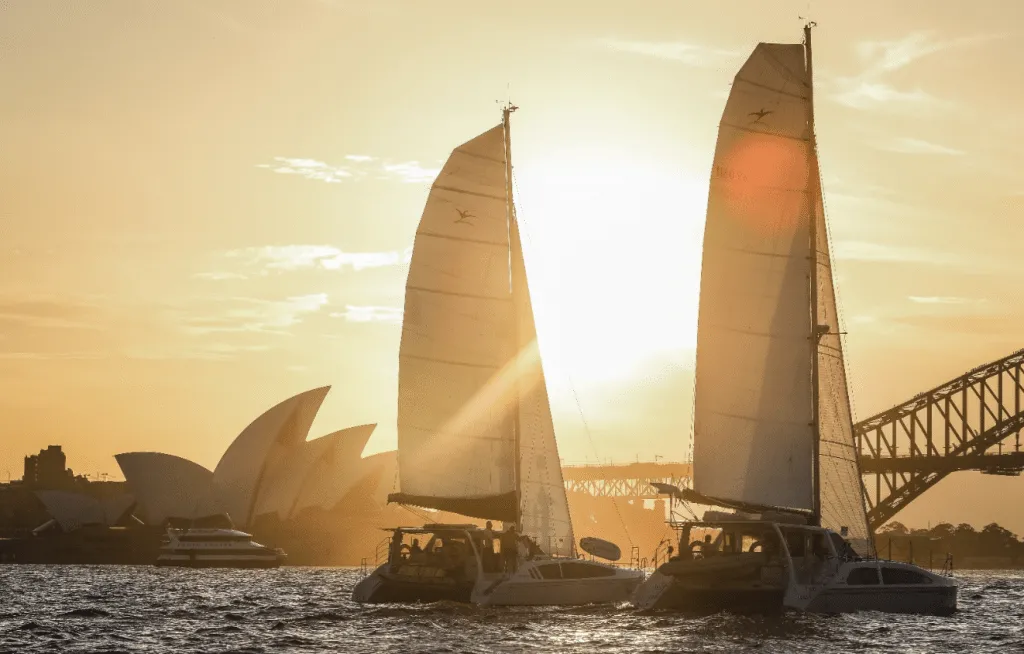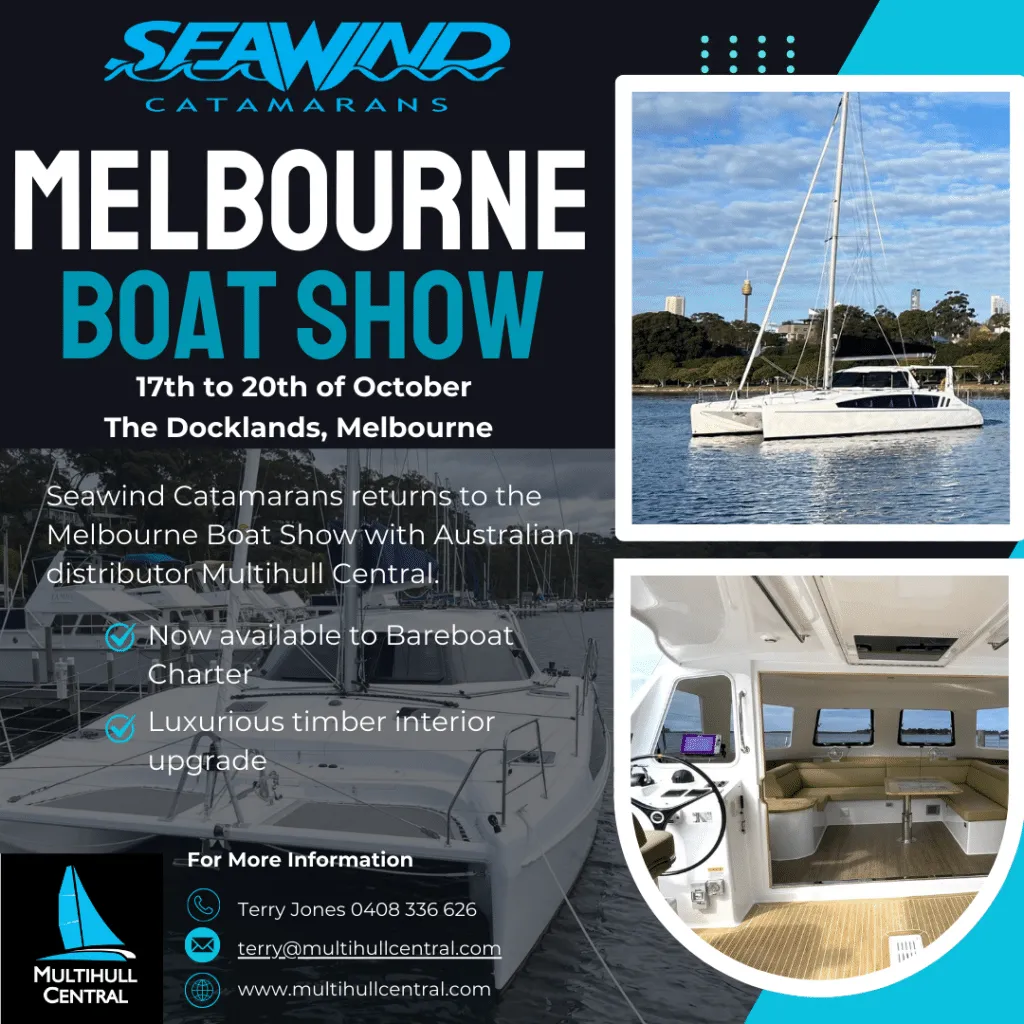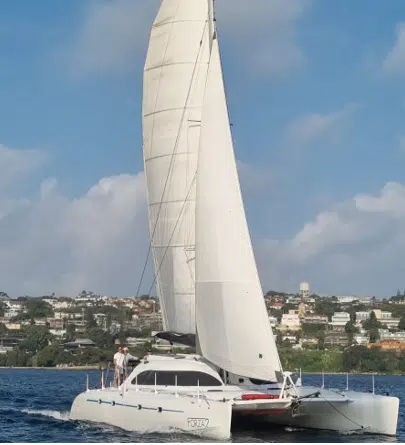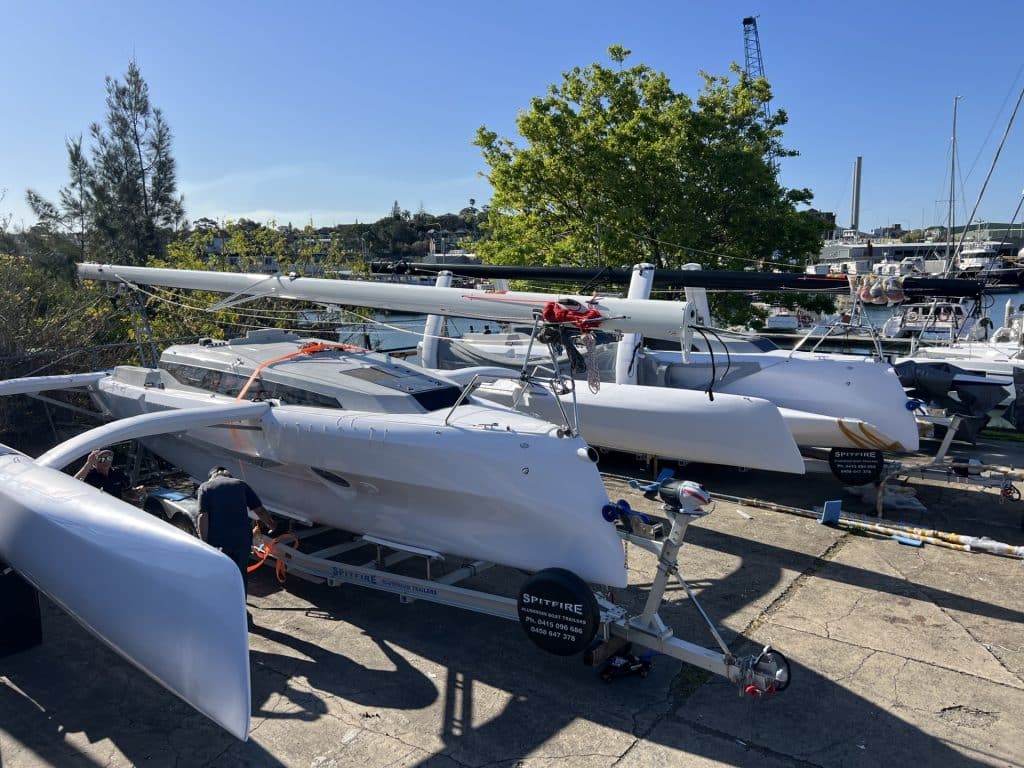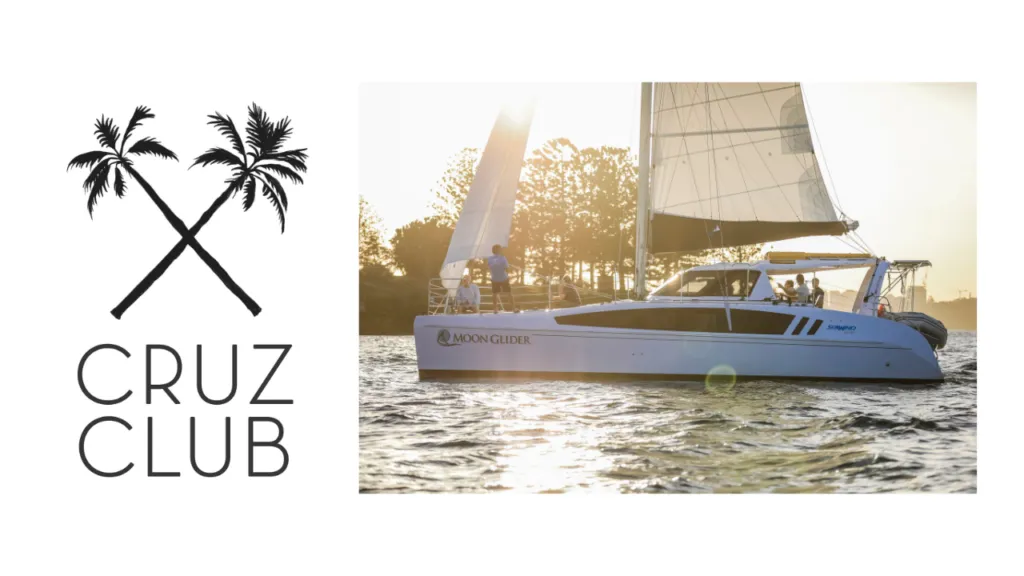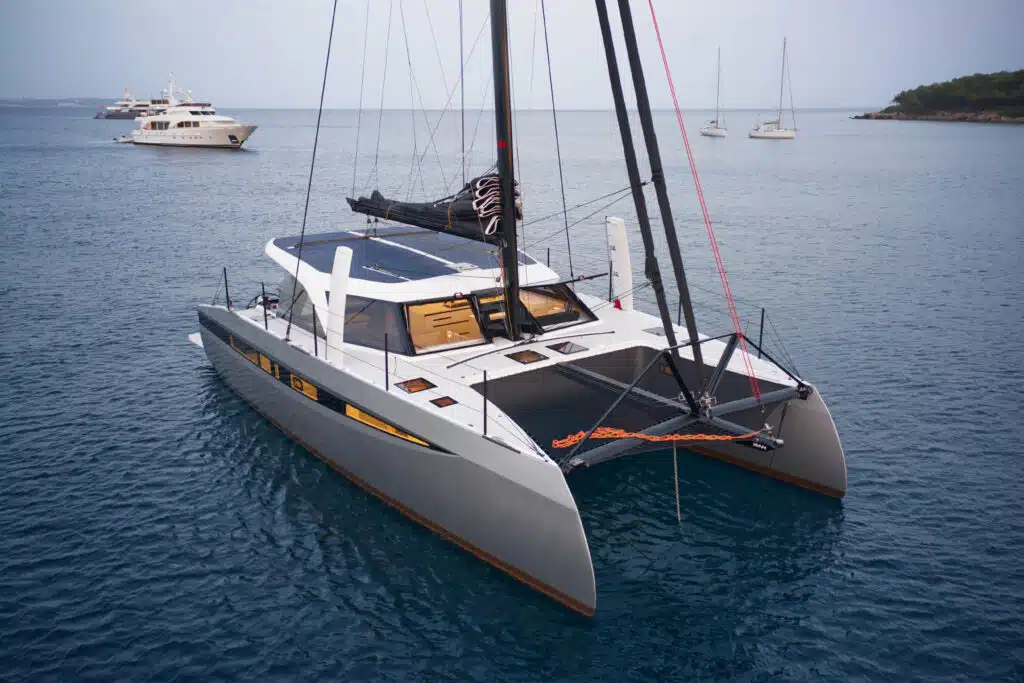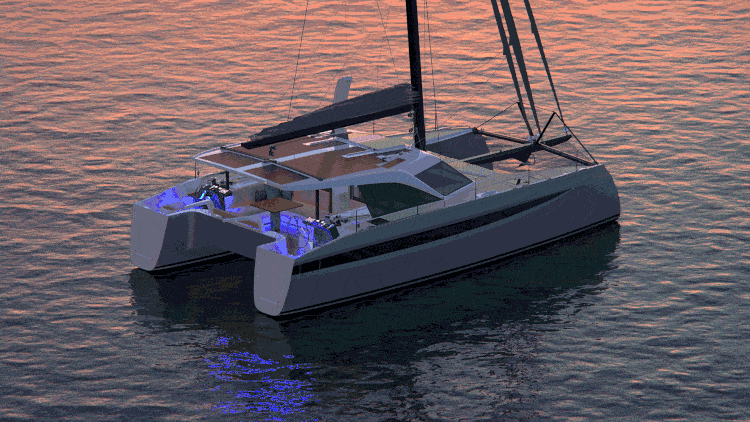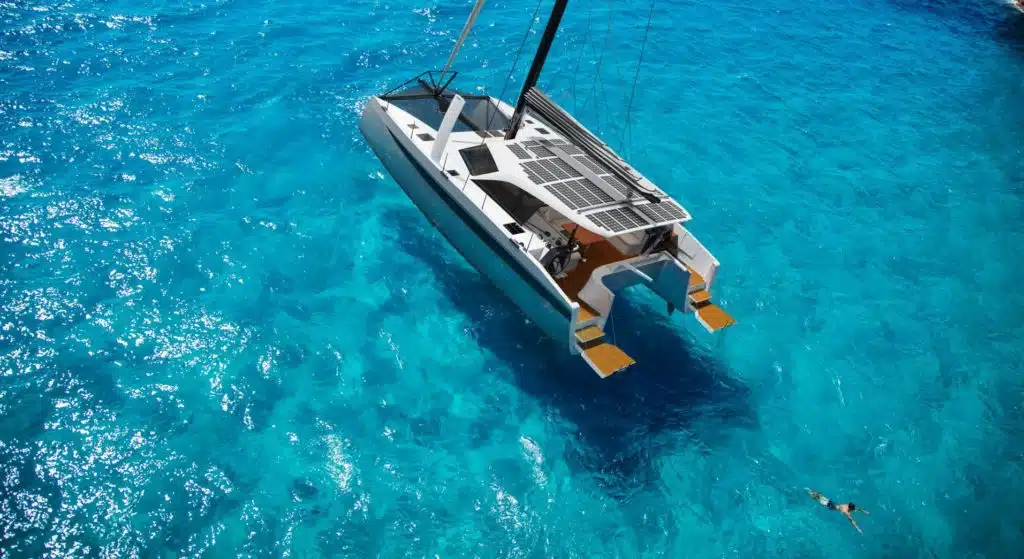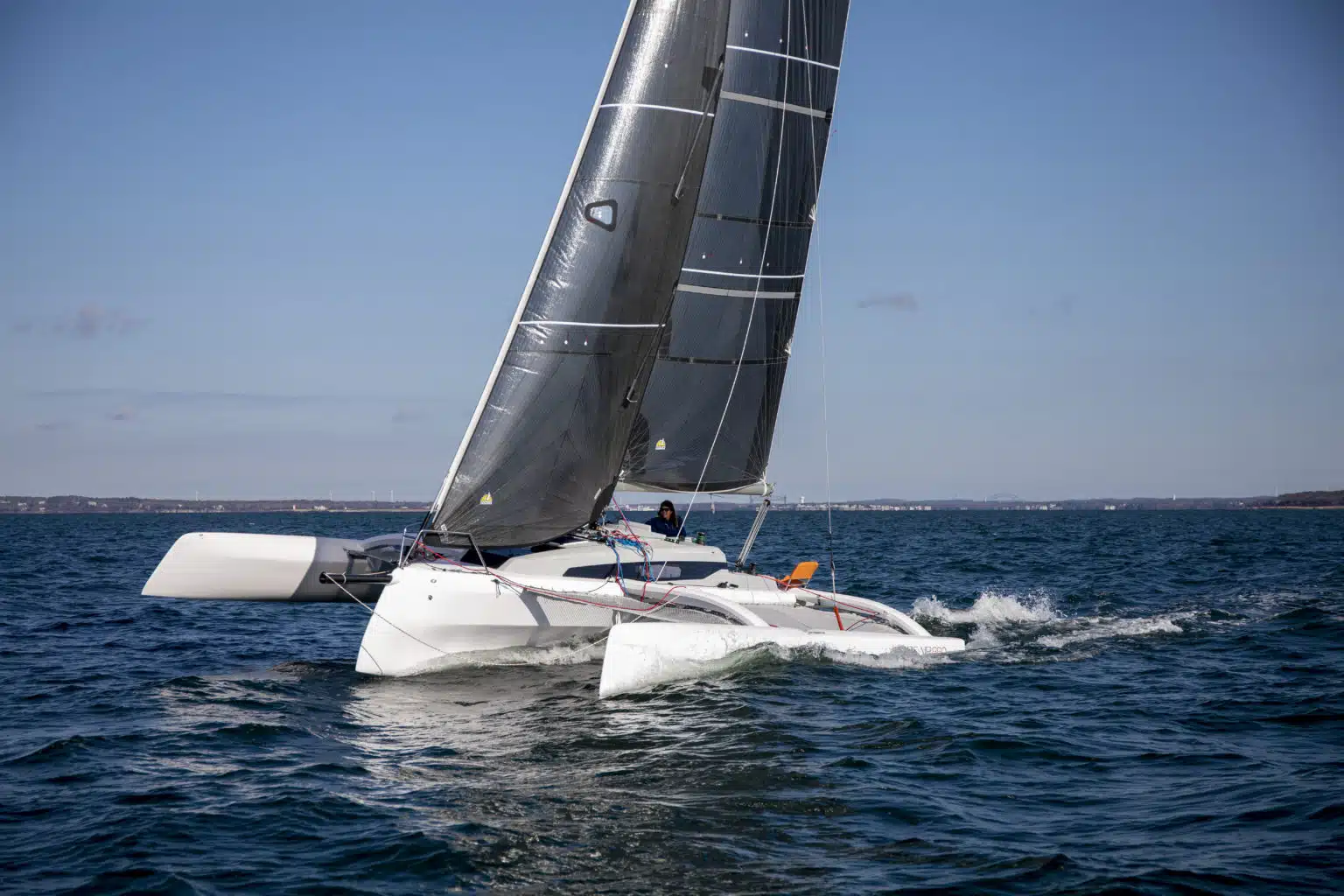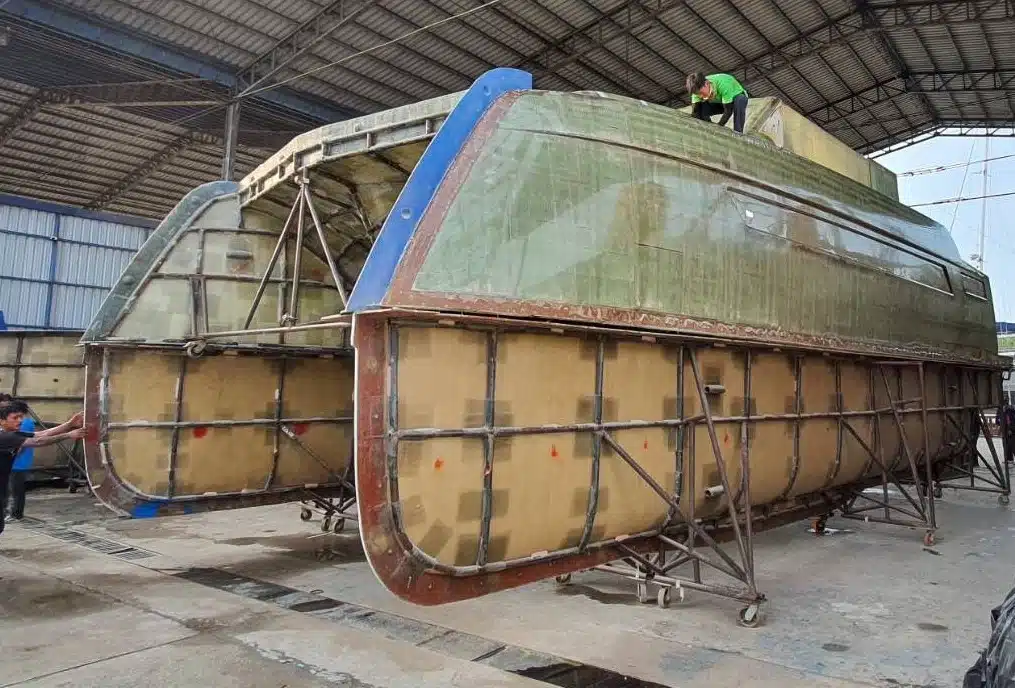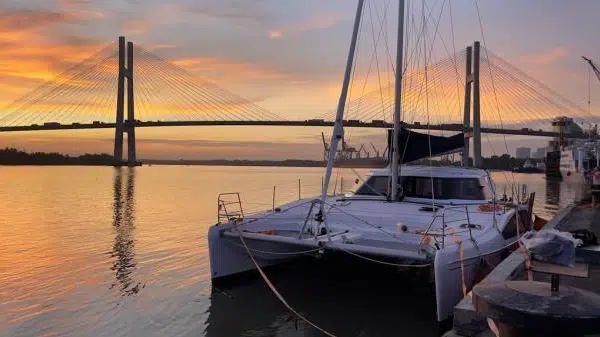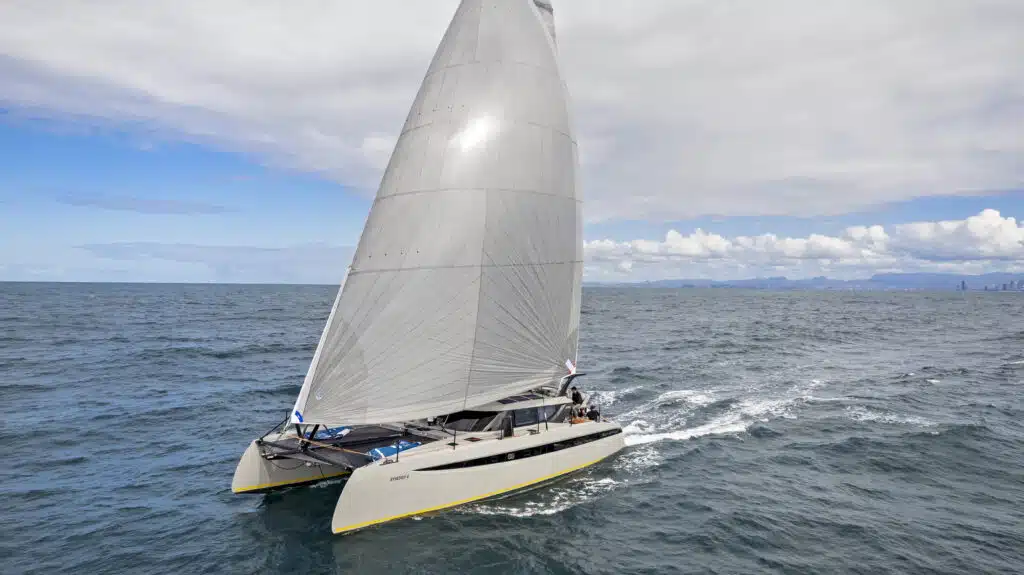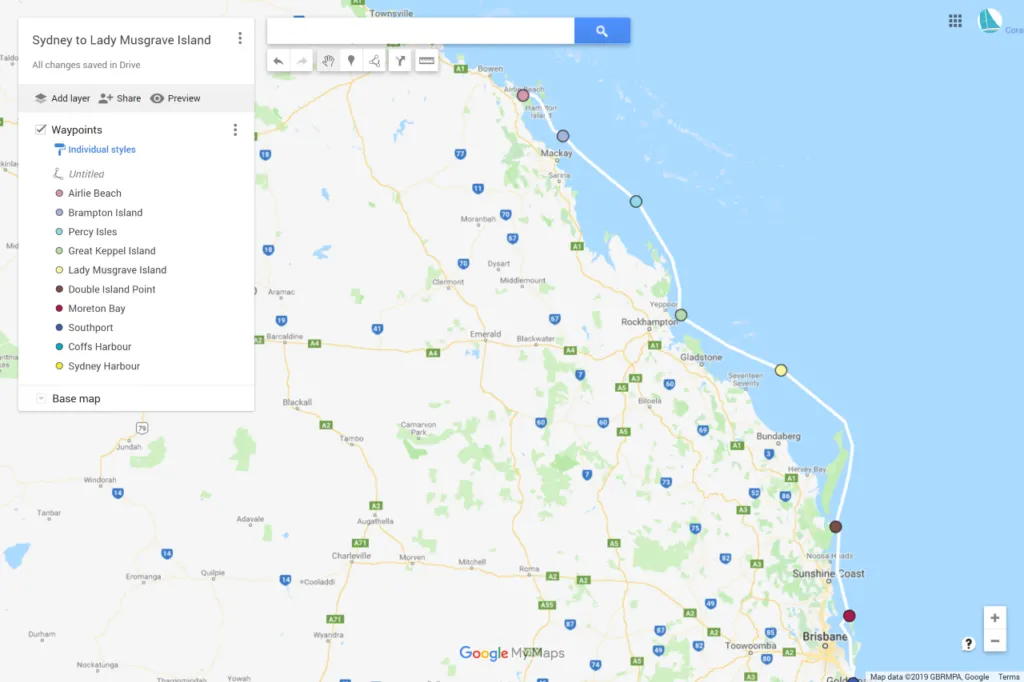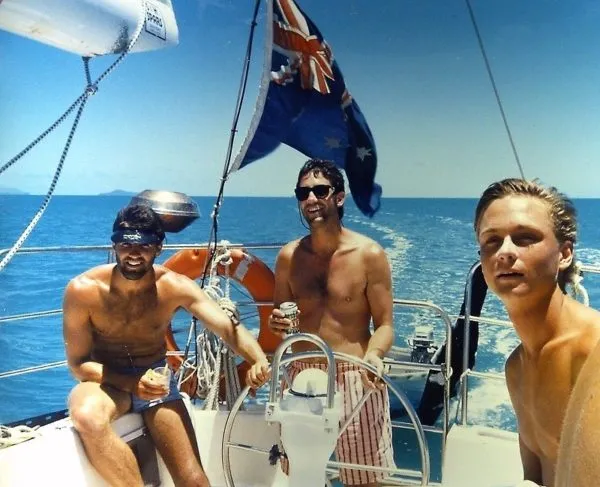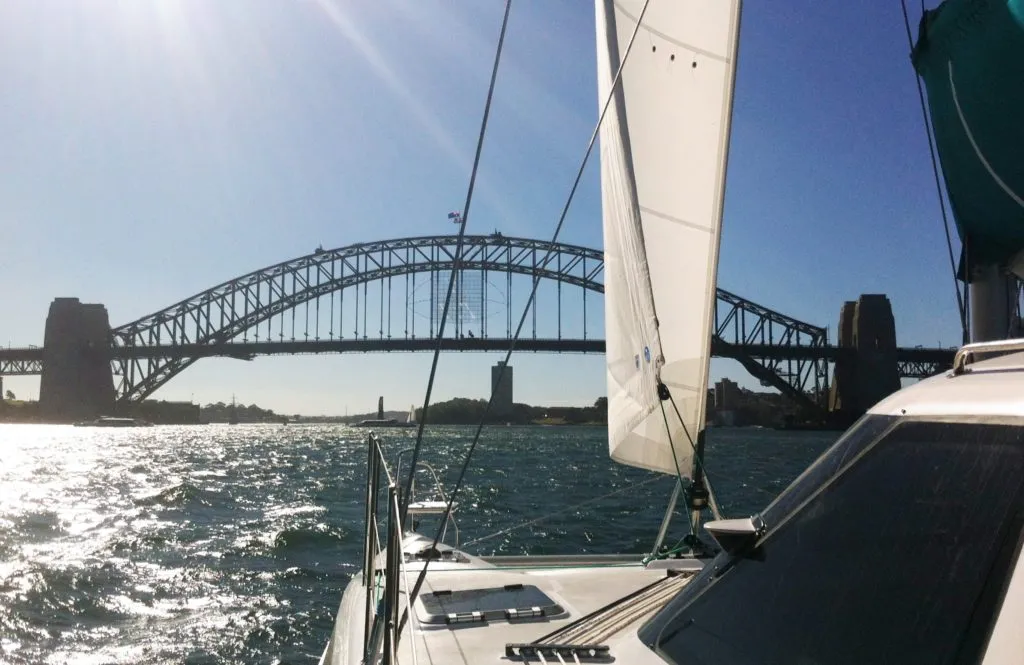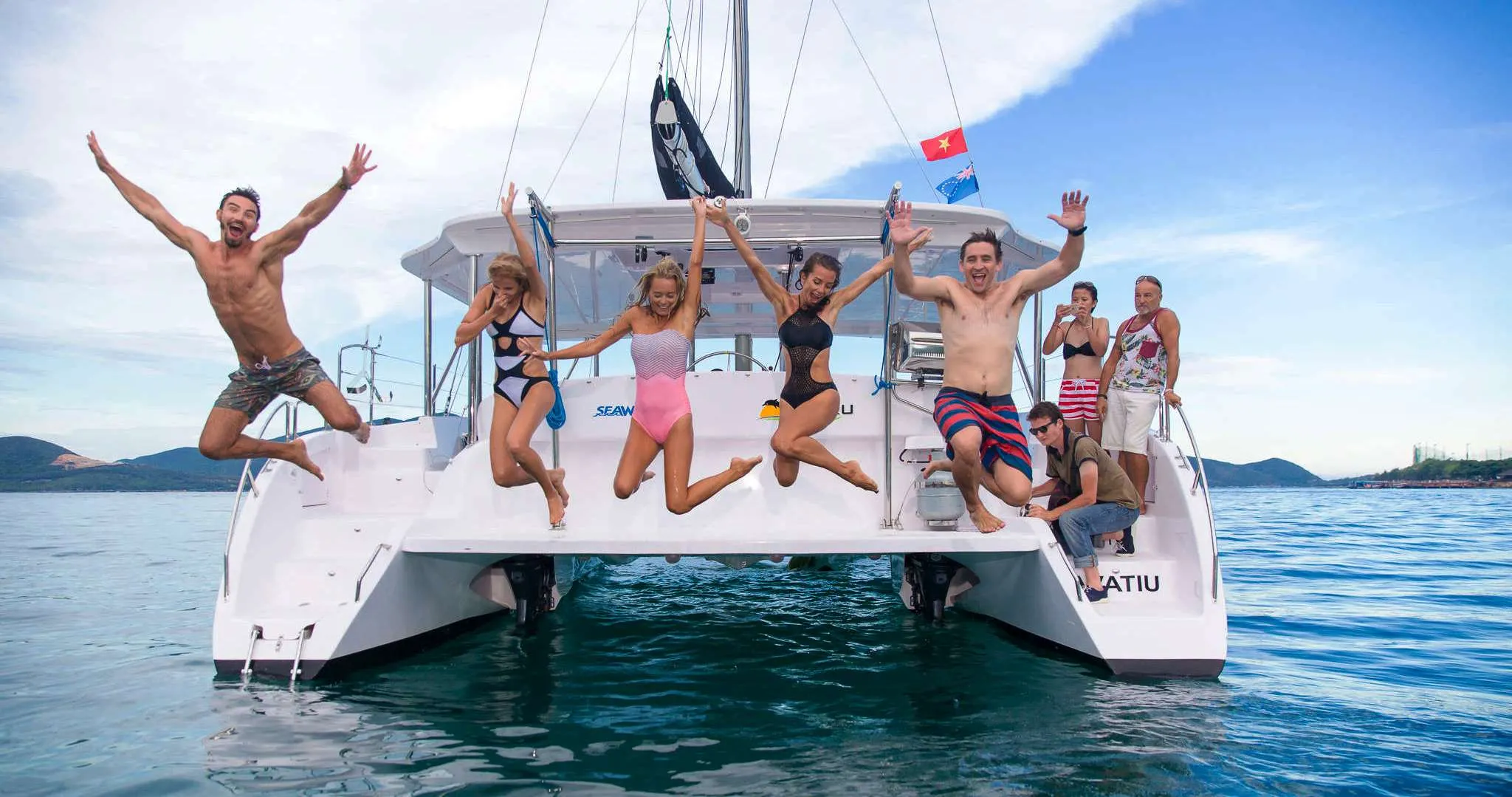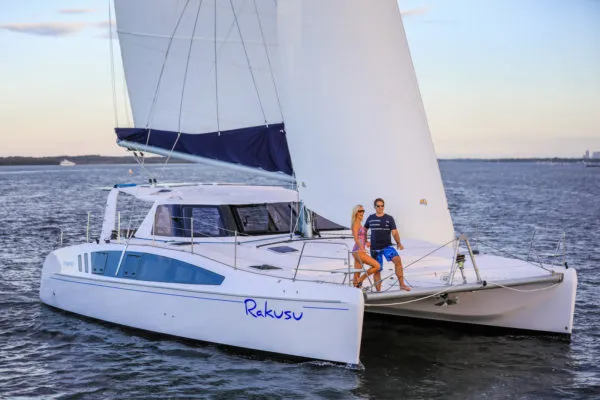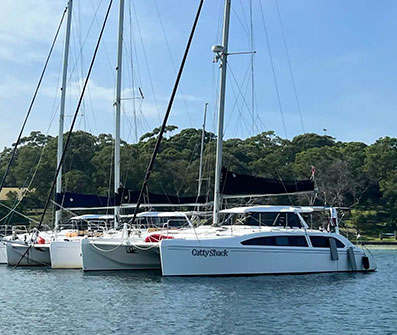EPISODE #9: Fastest Sailor Alive: The Journey of Cat Sailor Glenn Ashby
September 30, 2025
From America’s Cup to Catamaran Cruising: The Epic Journey of Glenn Ashby
Brent Vaughan interviews Catamaran racing legend and America’s Cup hero, Glenn Ashby about his wild achievements that led him to become the fastest sailor alive and now cruising on the cruising lifestyle on a catamaran.
Glenn Ashby’s path to becoming sailing’s fastest catamaran legend began with a childhood moment that would define his career. At just three years old, sitting on the side of his father’s Arrow catamaran, he experienced the magic of a hull lifting clear of the water—everything going quiet as the boat accelerated smoothly through the breeze. “I was like, ‘Wow, this is unbelievable,'” Ashby recalls. “I really like going fast and I love flying a hull.”
Early Racing Foundation
Growing up in Bendigo, Victoria, Ashby’s sailing education came through his parents’ deep involvement in the local yacht club scene. His mother, a passionate sailor since age 12, had built her own Mirror dinghy only to lose it in a tragic shed fire. This setback didn’t dampen the family’s sailing spirit—it strengthened it.
By 13, weighing just 37 kilos, Ashby chose a Paper Tiger catamaran simply because it was the cheapest option among three boats his father was considering. This decision proved pivotal. The Paper Tiger’s finicky rigging system, with adjustable lower forestays and manipulative sails, became his technical education. More importantly, racing against adults gave him access to invaluable knowledge from experienced sailors willing to share their expertise.
The A-Class Breakthrough
The transition to A-Class catamarans marked Ashby’s entry into elite sailing. His first experience on an A-Class left him mesmerized—the effortless acceleration on trapeze, the smooth efficiency, and raw speed. “I probably sailed for about 50 or 60 meters and I’m like that’s it. I got to get myself one of these.”
At 19, Ashby shocked the sailing world by winning his first World Championship in Spain against 89 competitors, including world champions and Olympic medalists. This victory launched a career that would span multiple A-Class world titles and establish him as the class’s dominant force.
Olympic Dreams and America’s Cup Revolution
Ashby’s Olympic aspirations led him to the Tornado class, where he partnered with Darren Bundock. Their partnership culminated in a silver medal at the 2008 Beijing Olympics, though equipment failure in the medal race prevented gold. When the Tornado was removed from the Olympics, Ashby’s career took an unexpected turn toward the America’s Cup.
Joining Team New Zealand in 2010 proved transformational. The team’s innovative development of foiling technology changed sailing forever. Ashby vividly remembers the breakthrough moment when their test boat first took flight: “The catamaran just shot forward against the towboat because it was just so efficient as the hull really left the water.”
Innovation Under Pressure
Following their devastating 2013 America’s Cup loss to Oracle, Team New Zealand faced near-bankruptcy. Of 127 team members, only six remained. Ashby was one of them, helping rebuild from the ground up with limited resources but unlimited determination.
Their secret weapon became the world’s first sailing simulator. While competitors conducted two-boat testing in Bermuda, Team New Zealand developed their AC50 virtually. This innovative approach, combined with revolutionary flight control systems and cycling power generation, led to their stunning 2017 Bermuda victory.
Beyond Competition: The Cruising Dream
After defending the America’s Cup in 2021, Ashby retired from competition with new horizons in mind. While he continues pushing technological boundaries—working with Ferrari on cutting-edge sailing projects and dreaming of breaking Paul Larsen’s water speed record—a different kind of sailing adventure beckons.
“I’ve been dreaming of designing a cruising cat for probably 20 or 30 years,” Ashby reveals. After decades of high-octane racing, he’s ready to embrace a different pace. His vision? A 50-foot cruising catamaran positioned at about 75% performance—fast enough to satisfy his need for speed, yet comfortable enough for family adventures.
“I still want to be comfortable at anchor and I still want to be able to have my wife and my kids and my mates on board and not scare the daylights out of anyone,” he explains. The design philosophy reflects his evolution from pure racer to family sailor, seeking something that performs well in high-speed passages while remaining manageable for just himself and his wife.
This transition from racing legend to cruising dreamer represents a natural progression. The same technical expertise that revolutionized America’s Cup sailing now focuses on creating the perfect balance between performance and livability. For Ashby, the next chapter isn’t about winning trophies—it’s about winning quality time with family while still honoring his lifelong love of fast, efficient sailing.
From a small boy enchanted by flying hulls to the architect of modern foiling sailing, and now aspiring cruising catamaran designer, Glenn Ashby’s journey represents the complete evolution of a sailor’s relationship with the wind and water.

